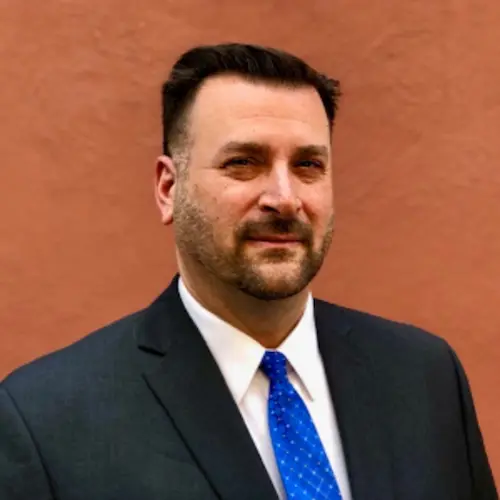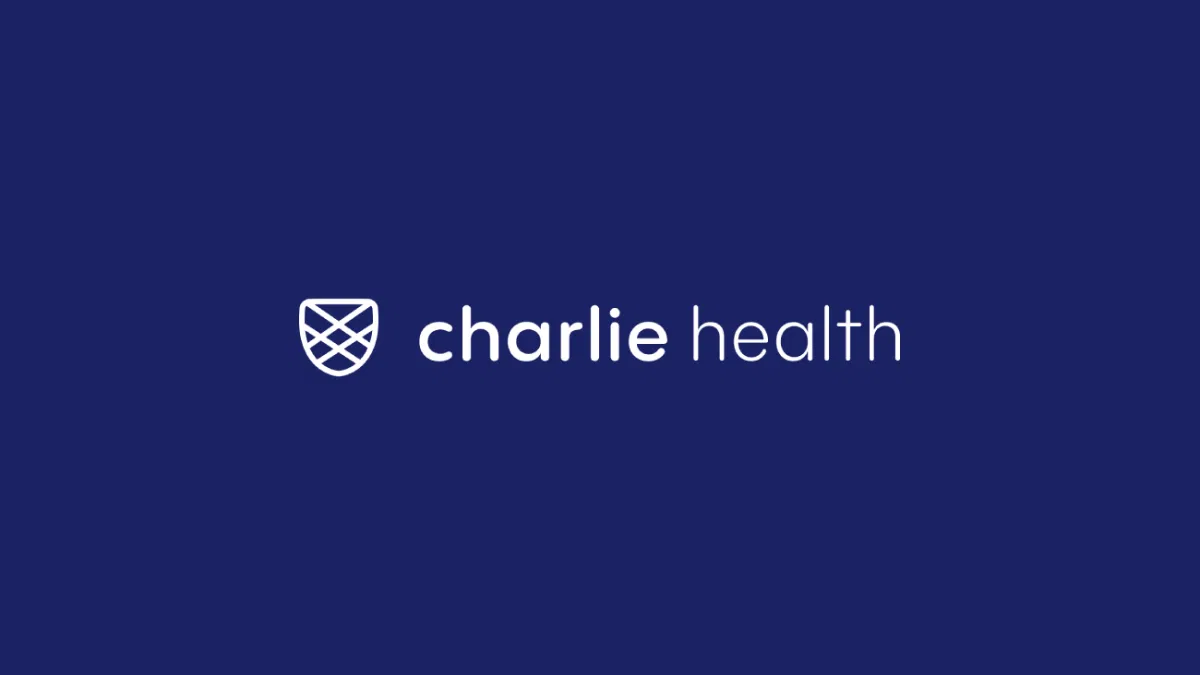
Table of Contents
These Are the Best Therapies for PTSD From Childhood Trauma, According to Therapists

Written By: Alex Bachert, MPH

Clinically Reviewed By: Dr. Don Gasparini
November 20, 2023
5 min.
These five types of therapy are used to help teens and young adults manage symptoms of childhood trauma and post-traumatic stress disorder (PTSD).
Learn more about our Clinical Review Process
Table of Contents
Childhood trauma refers to any dangerous, violent, or frightening event, also known as an adverse childhood experience (ACE), that occurs in a person’s life before the age of 18. ACEs, which range from growing up with a caregiver struggling with substance abuse to having divorced parents, are unfortunately common in the United States, where more than two-thirds of children report at least one traumatic event by age 16, according to the Substance Abuse and Mental Health Services Administration (SAMHSA).
For some young people, the problems don’t end there; more severe forms of early childhood trauma—like physical abuse, emotional abuse, sexual abuse, and neglect—can lead to post-traumatic stress disorder (PTSD) during adulthood. As many as 15% of girls and 6% of boys develop PTSD after experiencing a traumatic event, research shows. However, healing from childhood trauma is possible. Here, we delve into the five best therapies for treating PTSD from childhood trauma according to clinical experts.

Trauma-informed care can help you heal
Charlie Health offers personalized care for survivors of childhood trauma from home.
Best therapy for PTSD from childhood trauma
The good news is that PTSD from childhood trauma can be effectively managed with psychotherapy, medication, or a combination of the two. Therapy offers teens and young adults an opportunity to reshape the narrative surrounding their childhood trauma. The experience will vary by person, but an effective PTSD treatment program will teach people how to regulate their emotions, develop coping skills, and reduce overall trauma and PTSD symptoms. Below, we review five types of therapy that can be used to manage PTSD in survivors of childhood trauma.
1. Cognitive behavioral therapy (CBT)
Cognitive behavioral therapy (CBT) is a type of psychotherapy that’s used to treat a wide range of mental health symptoms, conditions, and concerns. For teens and young adults who are struggling to overcome childhood trauma or PTSD, CBT can teach them how to challenge negative thoughts, deal with distressing emotions, and improve their self-confidence.
2. Cognitive processing therapy (CPT)
Cognitive processing therapy (CPT) was created specifically to help people process and manage trauma, according to the American Psychological Association. “CPT is a manualized trauma treatment and an offshoot of CBT. It uses the tools of CBT to help reframe distorted thinking rooted in trauma,” explained Megan Lederman, MA, LPC Director of Clinical Programming at Charlie Health. By learning how to challenge unhelpful beliefs, people have an opportunity to reframe their perspective so that the trauma doesn’t continue to have a negative effect on their lives.
3. Trauma-focused cognitive behavioral therapy (TF-CBT)
Trauma-focused cognitive behavioral therapy (TF-CBT) is another effective form of therapy for children, teens, and adolescents who are suffering from trauma. It’s a collaborative approach to care that involves the child or adolescent, their parent or guardian, and a mental health professional. By combining treatment approaches such as cognitive therapy, behavioral therapy, family therapy, and attachment theory, TF-CBT supports families as they work to address, understand, and overcome trauma and its effects. It can help improve mood symptoms, social skills, behavioral concerns, negative thoughts, and even physical symptoms such as headaches, poor sleep, and stomach problems.

4. Prolonged exposure (PE)
Exposure therapy offers teens and young adults a chance to gradually approach their fears in a safe and controlled environment. The idea is that by exposing yourself to your trauma triggers, you can gradually reduce the distress associated with those memories and learn how to manage your emotions moving forward. Although exposure therapy may sound intimidating, research suggests that it’s effective in reducing depressive symptoms in children and adolescents with PTSD. In fact, “every validated trauma therapy involves some level of exposure; the emphasis is more or less structured depending on the modality,” noted Lederman.
5. Eye Movement Desensitization and Reprocessing (EMDR)
Eye movement desensitization and reprocessing (EMDR) is another type of therapy that may help teens and young adults with PTSD manage and overcome childhood trauma. EMDR utilizes eye movement techniques, such as back-and-forth movements, to help people process distressing memories, thoughts, and feelings related to the trauma.
Trauma versus PTSD
Prior to starting treatment, it’s worth understanding the difference between trauma and PTSD. Trauma is defined as the emotional response to experiencing or witnessing distressing life events. There are various categories of trauma based on its severity, duration, and impact. Childhood abuse is often considered to be complex trauma, defined as repeated or multiple traumatic events—such as being neglected as a child.
Trauma
PTSD
The emotional response to experiencing or witnessing distressing life events. There are different categories of trauma based on severity, duration, and impact.
A chronic mental health condition that severely impacts your daily functioning and quality of life. A PTSD diagnosis requires symptoms that last longer than one month and interfere with aspects of daily life.
Common signs and symptoms of trauma in teens and young adults include:
- Anxiety
- Depression
- Chronic feelings of anger or guilt
- Behavioral changes
- Academic changes
- Difficulty sleeping
- Difficulty eating
- Difficulty paying attention
- Withdrawing and spending time alone
- Fixating on the traumatic event
While trauma is considered to be a normal emotional response to distressing life events, it’s different from being diagnosed with PTSD, a chronic mental health condition that severely impacts your daily functioning and quality of life. In order to be diagnosed with PTSD, a person must experience symptoms for longer than one month, and the symptoms must be severe enough to interfere with aspects of daily life.
There are various factors that can influence whether your trauma will develop into PTSD, including:
- Severity of the trauma
- Past trauma or major stressors
- Preexisting mental health conditions
- Your overall temperament
- Access to mental health support and other resources
Why is it important to treat PTSD from childhood trauma?
When left untreated, PTSD from childhood trauma can have long-term mental and physical health consequences for teens and young adults, according to experts. Youth with PTSD may also be more likely to develop panic disorder, depression, or substance use issues.

Experiencing trauma may also increase a person’s suicide risk, especially for those who experienced childhood abuse or sexual trauma. If you’re experiencing suicidal thoughts and think you’re in danger of harming yourself, this is a mental health emergency—you can contact The Suicide & Crisis Lifeline 24/7 by calling or texting 988 or call 911 or go to an emergency room for immediate care.
PTSD treatment and trauma treatment at Charlie Health
If you think that you or a young adult in your life might be suffering from post-traumatic stress disorder or unresolved childhood trauma, Charlie Health is here to help.
Our virtual Intensive Outpatient Program (IOP) provides mental health treatment for teens, young adults, and families dealing with a variety of complex mental health struggles, including trauma and PTSD. In our online therapy program, you will be matched with a trauma-informed therapist who meets your specific needs. You will also be connected with a group of peers who understand your struggles and concerns and have the option to participate in family therapy. Charlie Health combines various methods, such as trauma-focused cognitive behavioral therapy and relational approach in group programming for trauma, to best treat each person.
Coping with PTSD symptoms can be scary, but connecting with a team of compassionate mental health professionals is the first step in learning how to heal from trauma. Fill out this short form to get started on your healing journey today.
References
https://www.nctsn.org/what-is-child-trauma/about-child-trauma
https://www.samhsa.gov/child-trauma/understanding-child-trauma
https://www.ncbi.nlm.nih.gov/pmc/articles/PMC4476061/
https://www.ncbi.nlm.nih.gov/pmc/articles/PMC9006570/
https://www.apa.org/ptsd-guideline/treatments/prolonged-exposure
https://www.apa.org/ptsd-guideline/treatments/cognitive-processing-therapy
https://www.ncbi.nlm.nih.gov/pmc/articles/PMC3860395/
https://www.ptsd.va.gov/understand/related/suicide_ptsd.asp
https://bmcpublichealth.biomedcentral.com/articles/10.1186/s12889-020-09411-z#Sec4




